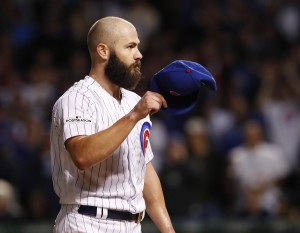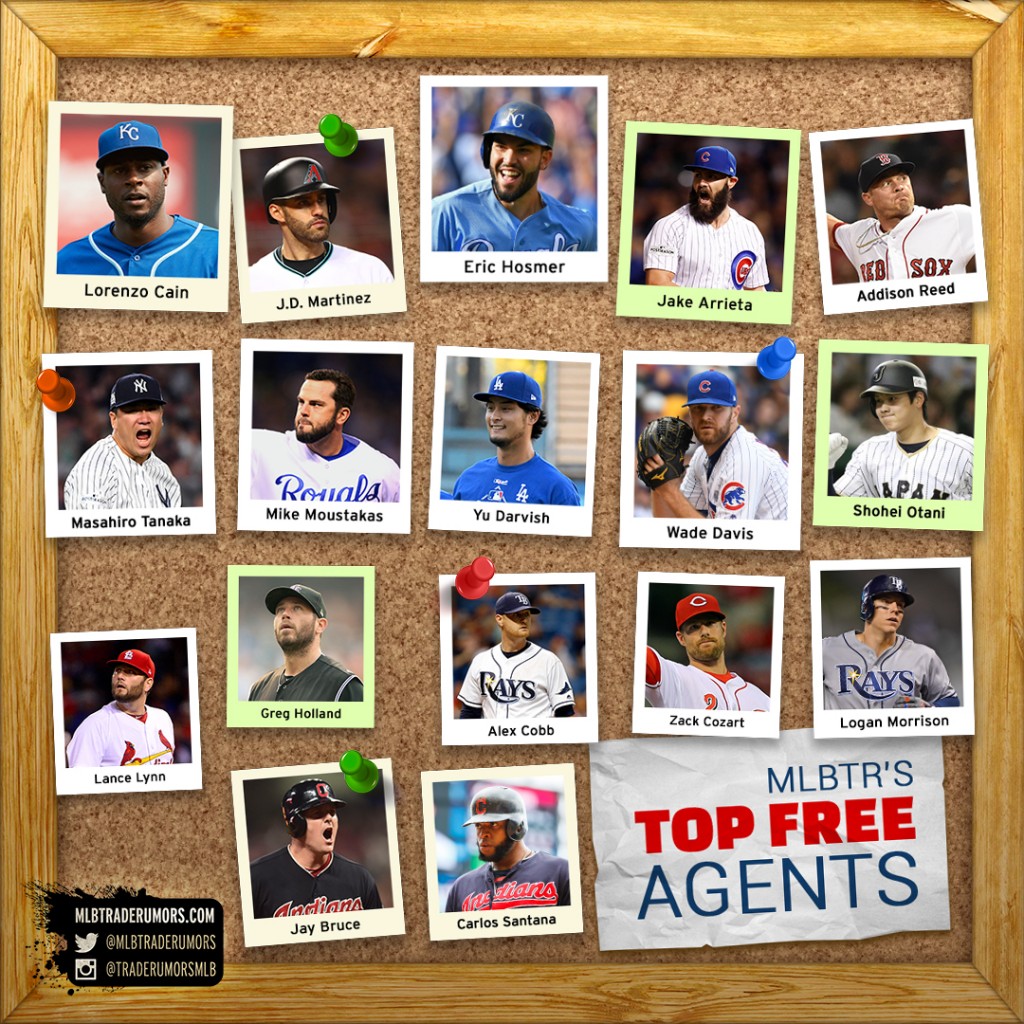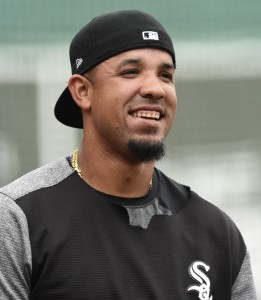If Japanese sensation Shohei Ohtani signs with an MLB team, perhaps in the new year, he’ll be limited to a minor league deal. The most Ohtani could receive is $3.535MM from the Rangers, according to Ronald Blum of the Associated Press. The Yankees and Twins are able to offer similar amounts. The Pirates, Marlins, and Mariners can offer $1.5MM or more. Everyone else is capped below $1MM, all the way down to the Indians and Rockies at $10K each.
The assumption is that these differences will not matter much to Ohtani, who might be leaving $200MM on the table by attempting to come to MLB now instead of in two years. He’s already banked millions of dollars from his NPB career, and he would earn the MLB minimum of $545K as a rookie.
It is also true that if Ohtani wants to lock down life-changing money, he would be able to do so with little or no MLB experience. Ohtani’s team can sign him to an extension at any time, as long as the extension wasn’t discussed as an inducement to sign him in the first place. Three players have signed extensions with fewer than 30 days of big league service time:
- The Rays signed Evan Longoria in April 2008 to a six-year, $17.5MM deal that included three club options, two of which covered potential free agent years. Longoria had six days of MLB service.
- The Rays signed Matt Moore in December 2011 to a five-year, $14MM deal that included three club options, two of which covered potential free agent years. Moore had 17 days of big league service.
- The Astros signed Jonathan Singleton in June 2014 to a five-year, $10MM deal that included three club options, one of which covered a potential free agent year. Singleton’s extension coincided with his big league promotion, meaning he signed with no big league service.
Ohtani’s NPB experience could stand in for the extensive minor league experience that justified these contract extensions. I think a team could offer $20-25MM to Ohtani in April without sounding alarm bells at MLB’s offices. Ohtani’s team would already control him for six years, or even close to seven years if they’re willing to keep him in the minors for a few weeks as the Cubs did with Kris Bryant. So the incentive for a team to offer an extension would be gaining control over some of Ohtani’s potential free agent years. One can imagine that the player’s agent would advise against this, but it is a way Ohtani could guarantee himself good money right out of the gate. It is possible, too, that the agent could attempt to play with the structure established by Longoria, Moore, and Singleton. For example, Singleton’s contract covered only one potential free agent year, with a club option for $13MM. What if Ohtani made the same concession, but with an option price of $20MM or more?
Other players, such as Salvador Perez, Chris Archer, and Tim Anderson, signed extensions with service time ranging from 50 to 156 days. Those deals topped out at Anderson’s $25MM, signed last March. If Ohtani waits until he has one year of Major League service time, the ceiling on a reasonable extension increases quite a bit. Four such players — Anthony Rizzo, Ryan Braun, Christian Yelich, and Andrelton Simmons — signed for $40MM or more guaranteed. Simmons is tops in the one-plus service class, with a seven-year, $58MM deal. After one decent year in MLB, Ohtani should be able to sign an extension worth $60MM or more.
As for that monster deal that would have been a lock if Ohtani waited until he was a true free agent? That probably becomes an option if he logs two successful years in the Majors. Mike Trout signed for $144.5MM over six years, while Buster Posey inked a deal worth $159MM over eight years. It is entirely conceivable that Ohtani could come to the Majors now and sign a $200MM extension in March of 2020. Granted, he would need to play like an MLB superstar over the 2018-19 seasons to make that possible. But to reach those heights in a true MLB free agent bidding war in the 2019-20 offseason, he would have needed to continue at a very high level in NPB anyway. Viewed in that light, Ohtani’s decision to jump to MLB this winter at perhaps his peak ability doesn’t seem so crazy.




